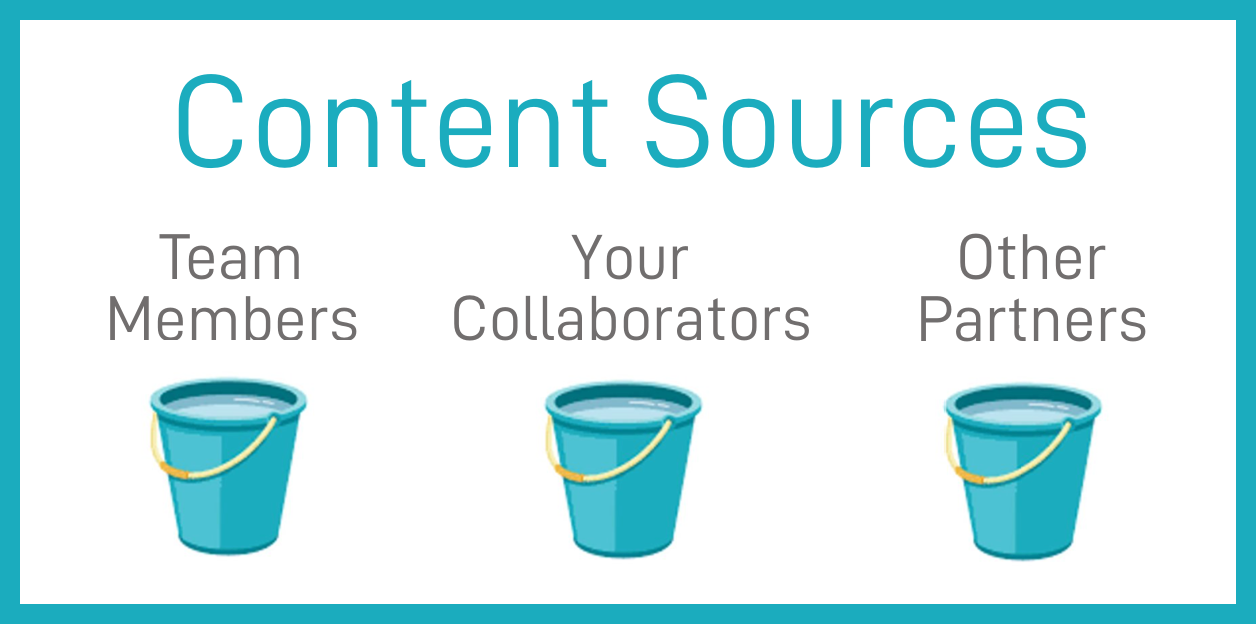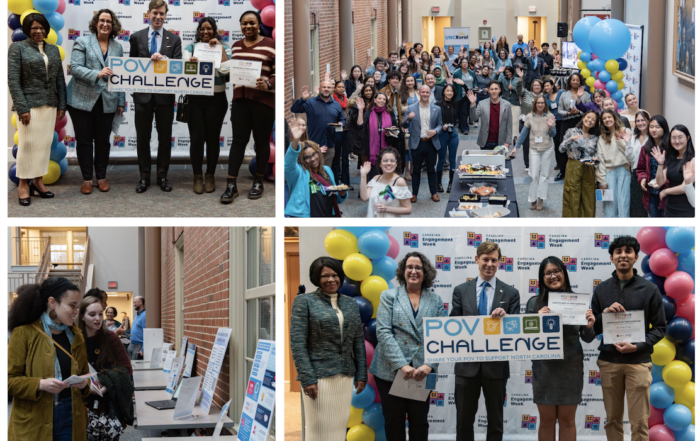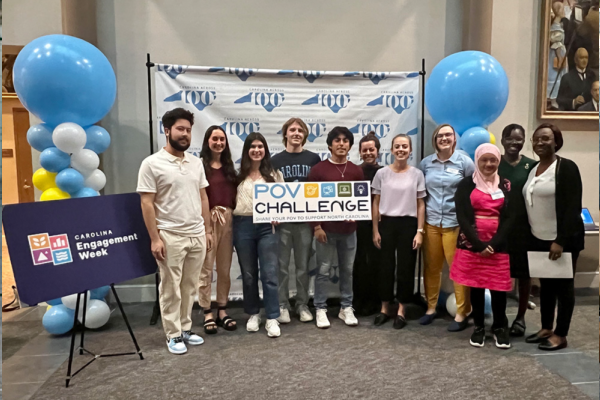Learnings
Social media advice for community organizations
May 2, 2023
by Jessica Khan (UNC School of Government), Mary Parry, (ncIMPACT Initiative), and Wenxin Chen (UNC Hussman School of Journalism and Media)

Social media is a hot topic for organizations and local governments wanting to leverage on-line platforms to spread important information to their communities. But social media (especially for resource-strapped organizations) can be time consuming and tedious, and managing this strategic form of communication often falls on employees who already serve in several roles for their organization. In February 2023, the Carolina Across 100 initiative responded to requests from “Our State, Our Work” teams interested in learning social media strategies and ideas for digitally connecting with Opportunity Youth. The event was centered around the idea that consistency and strategy can help social media management feel less daunting while boosting outreach.
The “Social Media for Social Good” webinar began by sharing social media user data. We looked at the most popular social media channels by age and demographics. Just because a social media platform is popular among youth, does not mean the specific youth you are trying to connect with are using that platform. It is important to look at other demographics to gauge social media usage, including urban vs rural location, income status, and education level.
After determining the best platform for outreach, it’s important to deliver engaging content.
Key trends shaping social media
Video content like Instagram reels, TikTok videos are high-value because most shared content is video-based and social media platforms are designed to favor video content. As a result, videos tend to get more engagement (likes, shares, and views). In particular, videos are more engaging to youth.
Social media “stories” are just as popular as video content and can easily be incorporated into an overall strategy. There are templates for both stories and reels that can be used, found easily through a Google search.
Personalization is also important in social media strategy. Youth want user-generated content, which is content created by your follower. For example, offering a social media campaign that asks followers to submit a video for a chance to be featured or win a contest. This adds a human side to social media and helps your audience foster conversation and connection.

Best practices
With the overflow of information on social media, it is important to follow best practices for social media management. Here are a few:

Pique Their Interest
Create engaging posts. Creating social media posts that pique the interest of social media users is essential. So, what makes a social media post engaging? A rule of thumb is to ask yourself (before posting) if the content you’re planning meets one of the following criteria: adding value, offering a call to action, evoking emotions, and/or engaging the audience.
Lean into partner content. The process of finding or creating content can feel challenging. Remember that you can amplify the content of others as part of your content flow. Share content from members of your own team, from partners with whom you’re collaborating, and from organizations whose missions align with yours.
Go beyond social media. For “Our State, Our Work” teams, connecting with Opportunity Youth is a primary goal, and social media offers great potential as one way to do that. However, it’s not the only way and a robust communication strategy will include multiple avenues for outreach. Other good options can include radio and TV ads or fliers hung around your community. Young adults can also be reached through adults in their lives who may see the flyer or listen to the radio, then pass along the information. Crowdsourcing ideas from local youth is helpful if you’re able. Ask where they go to find out about new opportunities!
As teams continue to explore new platforms and develop best practices for connecting with Opportunity Youth, you can connect with helpful resources, found on the “Our State, Our Work” program page:
Share your ideas with us as you explore new outreach strategies. Happy posting!
Carolina Across 100 is a five-year initiative whose goal is to aid community-driven recovery and build sustainable efforts in all 100 counties by providing human resources, data insights, coaching, facilitation, coordination efforts, and program design.






